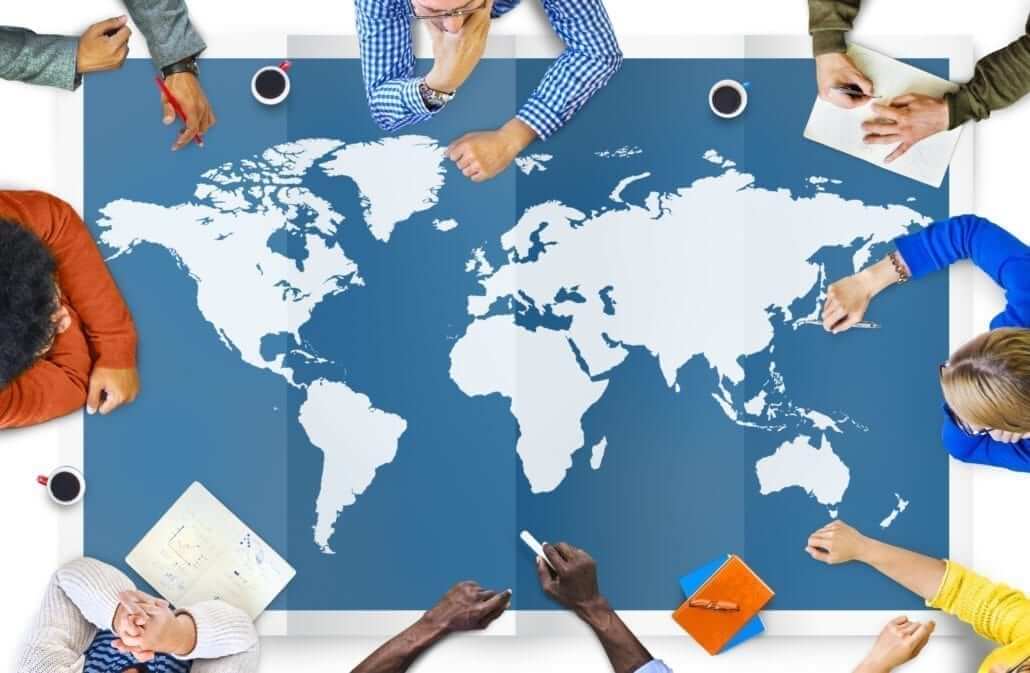CMO Translation Challenges
As a Chief Marketing Officer (CMO), understanding translation is crucial in today’s globalized business landscape. Here are some key points you should know:
Brand Localization Matters: When expanding your brand internationally, localization is essential. It involves adapting your content, messaging, and marketing materials to resonate with the cultural nuances and preferences of each target market. This includes not only translating text but also considering visual elements, idiomatic expressions, and local context.
Native Translators Are Vital: When translating content, prioritize working with native speakers of the target language. They understand the cultural subtleties, idioms, and context that automated tools might miss. Native translators ensure that your message is accurate and culturally appropriate.
Quality Over Speed: While automated translation tools can be helpful, they are not foolproof. Invest in professional human translators who can provide high-quality translations. Quality matters more than speed, especially when conveying your brand’s voice and values.
Consistency Across Channels: Ensure consistency in your messaging across different channels and languages. Use a translation management system (Translation Memory or Workflow) to maintain a centralized repository of translated content. Consistent branding and messaging build trust with your global audience.
SEO and Keywords: Consider Multilingual SEO (search engine optimization) when translating content. Research relevant keywords in the target language to optimize your website and improve visibility in local search engines. Translated keywords should align with your brand’s SEO strategy.
Cultural Sensitivity: Be aware of cultural differences and sensitivities. What works in one market may not resonate in another. Avoid unintentional cultural faux pas by consulting with local experts or conducting market research.
Legal and Compliance: Understand legal requirements related to translation. Some countries have specific regulations regarding product labeling, privacy policies, and disclaimers. Ensure that your translated content complies with local laws.
User Experience: Think about the end user’s experience. Translated content should be easy to read, relevant, and engaging. Consider font styles, layout, and readability in different languages.
Machine Translation vs. Human Translation: While machine translation tools like Google Translate are convenient, they may not capture the nuances of your brand. For critical content, invest in professional human translators who can provide accurate and context-aware translations.
Test and Iterate: Continuously monitor the effectiveness of your translated content. Collect feedback from local teams, customers, and stakeholders. Adjust your approach based on insights and iterate as needed.
Remember that effective translation goes beyond converting words—it’s about conveying your brand’s essence and connecting with diverse audiences worldwide.
You might also like to read : Why Translation Memory systems are crucial for C-Level Executives



